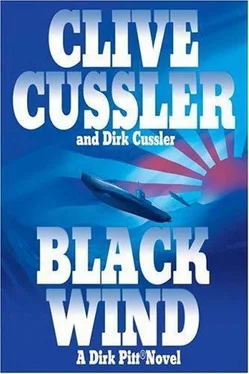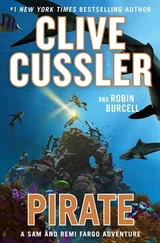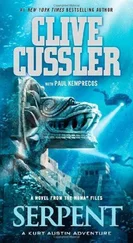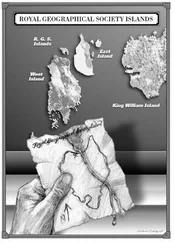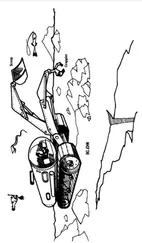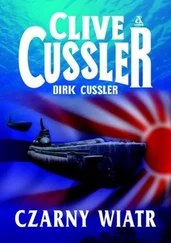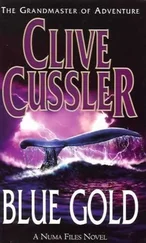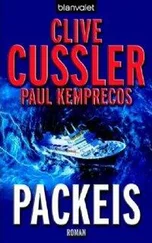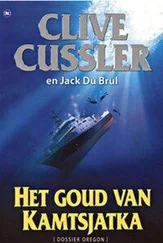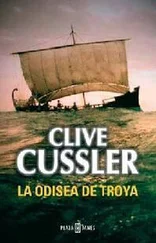“Yoshi, we'll initiate a zigzag running pattern when we reach the strait, then submerge before we leave the mainland. We can take no chances with enemy submarines patrolling off our coast.”
“I will alert the crew, sir.”
“And Dr. Tanaka. See that he is situated comfortably.”
“I have offered him my cabin,” Motoshita said with a pained look. “Judging by the stack of books he brought with him, I think he will keep himself occupied and out of our way.”
“Very well,” Ogawa replied, wondering silently about his unwanted passenger.
As a crimson sun crept up over the eastern horizon, the I-403 veered south from the Inland Sea into the Bungo Strait, a pathway above Japan's southern island of Kyushu that poured into the Pacific Ocean. A gray destroyer limped past the sub on its way back to port, listing heavily to one side and showing a rash of gaping holes in its bridge and decks, the result of a nasty encounter with a pair of U.S. Navy Hellcats. On the submarine, several petty officers crowded the conning tower to take a final glimpse of their green island nation, uncertain as all seamen departing for battle whether they would return home again.
When the approach to the Pacific became visible to the lookout, Ogawa issued the command to dive. A loud bell clanged throughout the submarine and sailors scurried to secure the deck and hatches.
“Submerge to fifteen meters,” Ogawa ordered from the bridge.
Large ballast tanks were flooded with seawater and the diving planes tipped forward. With a rush of collapsing water, the I-403's nose dipped downward and the entire submarine was quickly gobbled up by the murky green sea.
In the Pacific waters off the Bungo Strait, aggressive American submarines lurked in the depths hunting merchant supply ships or armed vessels en route from the Kure Navy Base. Submarine-against-submarine attacks were not unheard of and Ogawa was not about to make himself easy fodder. Entering the Pacific waters, he quickly aimed the I-403 northeast and away from the bulk of the wartime traffic traveling south toward the Philippines.
As were most subs of its era, the I-403 was powered by diesel and electric motors. In daylight hours, the I-403 would operate submerged, powered by battery-operated electric motors that pushed the sub along at a sluggish 6 knots per hour. Under cover of darkness, the I-403 would surface and crank up the diesel engines, which propelled the boat to better than 18 knots, while recharging the batteries. But the I-403 was no ordinary submarine. Stretching over 390 feet long, the I-403 was one of a handful of Sen toku-class submarines, which were the largest built in their day. The massive iron vessel displaced over 5,200 tons and was pushed through the water by four 7,700-horsepower diesel engines. The I-403's truly unique feature, however, was the vessel's armament of aircraft. The I-403 could carry three Seiran float planes which were small converted dive-bombers that could be launched from a catapult on the center bow. While traveling at sea, the planes were disassembled and stored in a 110-foot-long watertight hangar that stretched along the sub's deck. A shortage of aircraft had forced Ogawa to give up one of his seaplanes for coastal reconnaissance, however, and his vessel now carried just two of the Seiran aircraft.
Once the I-403 had safely entered the Pacific, Ogawa retired to his cabin and reread the brief mission orders Horinouchi had given him. The succinct commands called for him to sail a northerly route across the Pacific, with a refueling stop in the Aleutians. He was to proceed to the northwest coast of the United States, where his two aircraft were to launch air attacks on the cities of Tacoma, Seattle, Victoria, and Vancouver.
On the face of it, it appeared a futile gesture, thought Ogawa. Japan needed her submarines for homeland waters defense rather than instigating minuscule attacks with a pair of small aircraft. But there was the question of Dr. Tanaka and his unidentified cargo.
Summoned to Ogawa's cabin, Tanaka bowed gracefully before entering the cramped quarters and seating himself at a small wooden table. The slightly built scientist bore a shrewish and unsmiling face. A pair of vacant black eyes that were magnified by thick glasses augmented his sinister appearance.
Dispensing with formalities, Ogawa pressed immediately for the nature of the doctor's presence.
“Dr. Tanaka, my written orders are to sail this vessel to the west coast of North America and launch an airborne attack on four cities. There is no mention of your duties or the nature of your cargo. I must ask what your role in the mission is.”
“Commander Ogawa, rest assured that my assignment here has been authorized at the highest levels,” Tanaka replied in a quiet monotone voice. “I will be providing technical assistance for the attack operation,” he continued.
“This is a warship. I fail to understand how a medical officer will assist in a naval strike,” Ogawa countered.
“Commander, I am with the Army Medical School's Epidemic Disease Prevention Study Group. We have received materials from a research facility in China that have enabled us to develop an effective new weapon against the enemy. Your submarine has been chosen as the means to launch the weapon for the first time against American forces. I am responsible for the security and deployment of the weapon on this mission.”
“These 'materials.” They will be dropped from my aircraft?"
“Yes, in special canisters that can be accommodated by your bombers. I have already made the necessary arrangements with your aviation ordnance crew.”
“And the men on my vessel. Are they in any danger with this weapon aboard?”
“None whatsoever.” Tanaka's face was inscrutable as he lied.
Ogawa didn't believe him, but figured the risk of the American Navy's antisubmarine warfare forces were a greater risk to his sub than anything carried on board. Ogawa tried to procure what little information he could from Tanaka, but the Army doctor volunteered few additional facts. Whatever mystery was associated with the weapon, he kept close to the vest. There was something ominous about the man, Ogawa decided, and it made him uncomfortable. After sharing a quick cup of tea, he dismissed the eerie scientist. Sitting silently in his cabin, Ogawa cursed the Fleet Command for selecting his vessel for the assignment. It was a mission that he didn't want.
The sporadic ocean traffic of merchant ships and fishing boats soon dissipated as the Japanese mainland fell behind the sub's wake and the vessel crawled farther north in latitude. For the next twelve days and nights, the crew embraced a normal operating schedule as the sub nosed northeast, surfacing at night to run at higher speed. The prospect of being detected by an Allied plane or ship was more remote in the north Pacific, but Ogawa took no chances and ran submerged during all daylight hours. Operating under the waves, the bottled-up sub became like an oven to the men who drove her. Interior temperatures would climb into the nineties from the machinery, while the confined air would grow foul to the breath over the hours. Evening darkness was eagerly anticipated by each crewman, knowing the sub would finally surface, open its hatches, and vent cold, fresh sea air into the dank interior.
Naval authority on submarines was notably relaxed, even in the Japanese Navy, and operations on the I-403 were no different. Officers and enlisted crew mixed easily, sharing the same meals and suffering the same miseries aboard the cramped vessel. The I-403 had survived depth charge attacks on three different occasions and the near-death experiences had bonded the crew tightly together. They were survivors in a deadly game of cat and mouse and felt the I-403 was a lucky ship that could defy the enemy.
Читать дальше
